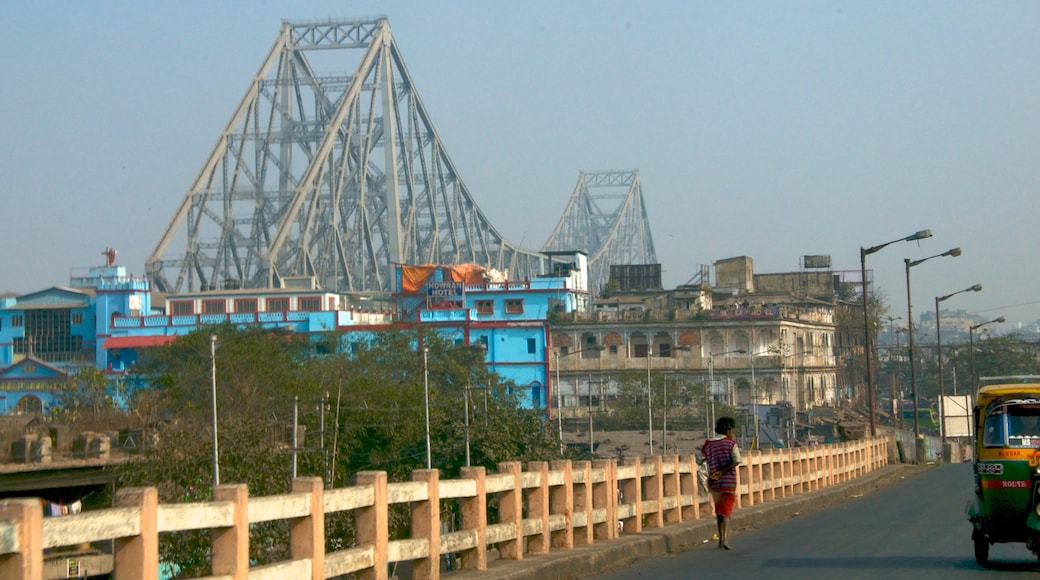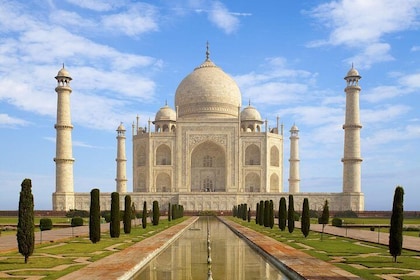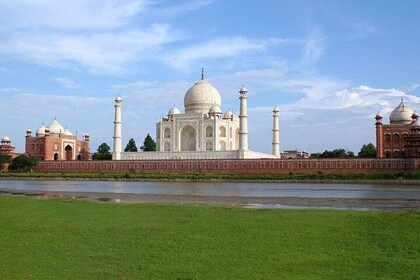Set foot on or glide under a famous Kolkata landmark, a colossal engineering feat that’s inspired many movie-makers.
Howrah Bridge is an architectural marvel and a well-known Kolkata landmark. It has served as a backdrop for numerous movies since the 1950s, including a 1958 film named after the bridge. Walk across the bridge and admire its unique construction or glide underneath while on a boat ride along the Hooghly River.
With a central span of 1,500 feet (457 metres) between its two towers, this enormous steel structure is one of the longest cantilever bridges of its type in the world. Howrah Bridge extends across the Hooghly River, connecting the city of Howrah to Kolkata. It was built in 1942 without a single nut or bolt and is held together by rivets.
Join the hundreds of thousands of pedestrians and cars that cross the bridge every day. There are footpaths on both sides. Before walking the bridge, look at the base of the pillars. They have been covered in fiberglass casings because of the corrosive damage caused by years of chewing tobacco spit.
Pause to take in some of the bridge’s features. The supporting towers at either end rise up more than 280 feet (85 metres). Observe the massive cantilever arms and network of girders.
Alternatively, rent a boat from the Howrah Station jetty and enjoy a view of the bridge from the water. Plenty of other vantage points can be found along the banks of the river. Although still known locally as Howrah Bridge, the crossing was renamed Rabindra Setu in 1965 after Rabindranath Tagore, India’s first Nobel Laureate.
Once you have crossed the bridge or admired it from a riverbank, visit some of the nearby attractions including Millennium Park and Eden Gardens cricket ground.
Reach the bridge from any part of Kolkata by bus, taxi or rental car. The nearest railway station is also called Howrah Bridge and is a 5-minute walk away. Make a point of coming back to the river at night to see the bridge bathed in different colored lights.












































